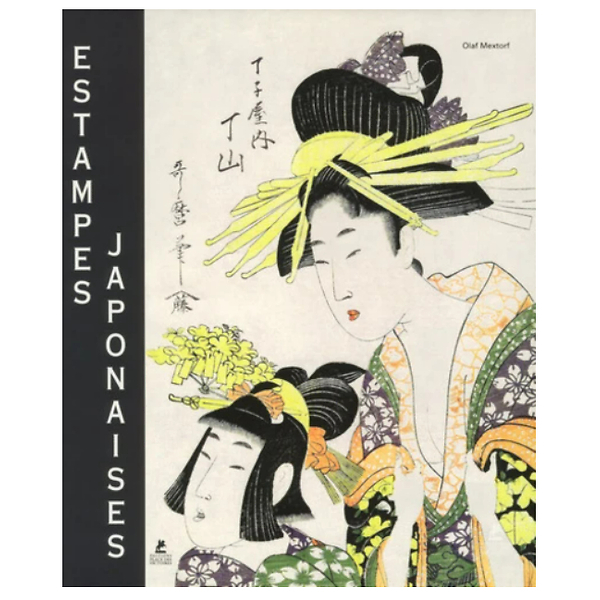Japanese Prints
Musée du quai Branly - Jacques Chirac
Description
The refinement of Japanese culture is perfectly embodied by prints. Mass-produced during the Edo period (1615-1868) - a period of great cultural splendor - they were intended for a popular audience. They enjoyed a fertile vogue in Europe, especially among French painters who were largely inspired by their style and motifs. The famous ukiyo-e, these "images of the Floating World", a reference to the pleasure and relaxation areas of the great Japanese cities, often took prostitutes and kabuki actors as models. Prints then played a bit the role of today's popular magazines, offering images of beautiful and famous people to a wide audience. However, prints also reproduced the wonders of nature (birds, insects, flowers), the landscapes so typically Japanese - one thinks of Hokusai's famous Wave or his Views of Mount Fuji, or even myths and legends. Daily life (children's games, bathing scenes, fishing, etc.) is not absent either.
Product information
- Dimensions
- 28,0 cm × 34,0 cm × 2,0 cm
- Number of Pages
- 216
- EAN
- 9782809913590

